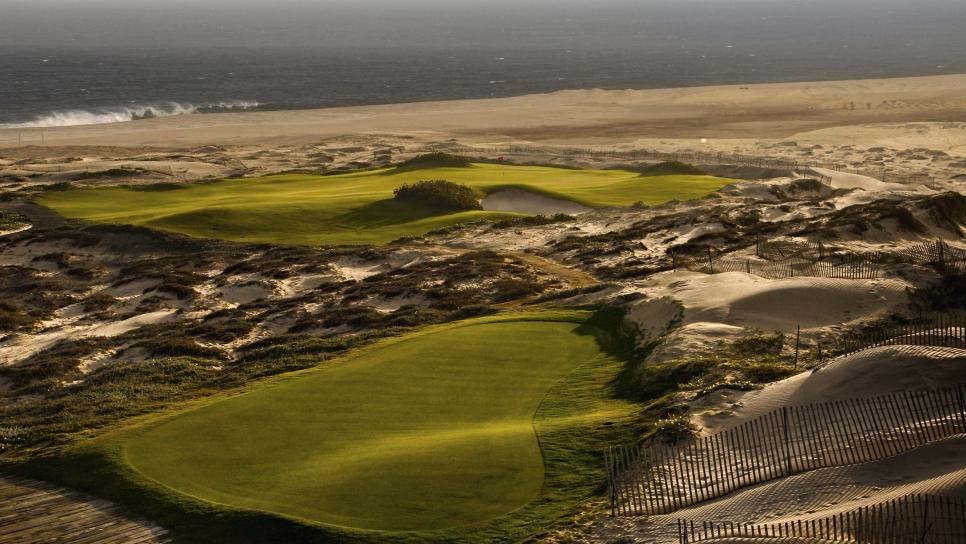Courses designed by tour pros generally fall into three categories. The first are those produced by prestigious, multi-faceted top-down architectural firms with established names and track records like Nicklaus Design, Arnold Palmer Design Company and Greg Norman Golf Course Design, who may have five to 10 or more projects under global development at any given time. These are the equivalent of major movie production studios capable of turning out blockbuster after blockbuster.
The second category consists of courses where the player-designer is moonlighting. These could be one-off marketing-based contributions where the player essentially lends his or her name to the project but provides only limited (though educated) input into the design (which is carried out by a working architect and contractor). Think of this as course sponsorship. This category also consists of players who have an association with a design business but operate only occasionally—they’ll take work when it comes their way, but they have other non-design ventures that keep them occupied, including, often, competing professionally.
The third category are courses made by serious, involved designers who also happen to be serious players. Ben Crenshaw, in his partnership with Bill Coore, is the most influential example. Crenshaw is meticulous in his commitment to the courses they build, from the routing to hole concepts to decisions on the shaping of the features. Davis Love III falls into this category as well. He and his brother, Mark, started their own firm, Love Golf Design, in the mid-1990s taking on smaller projects in the Southeast. Rather than try to expand into a Nicklaus-like empire with numerous associates and far-flung operations, they chose to remain small and hands-on, utilizing—and trusting—talented shapers and experienced construction veterans like Bob Spence, Paul Cowley and Scot Sherman to help execute their vision.
Love’s slow approach to building courses and restraint from injecting his own immense playing proclivities into his company’s designs has produced an underrated and intriguing portfolio of creatively conceived courses that have the feeling of being hand-crafted. These include, recently, the new Belmont course in Richmond, built in collaboration with The First Tee of Greater Richmond; Birdwood Golf Club at the University of Virginia, a complete overhaul of the existing university course; The Plantation Course at Sea Island, where the team created a throwback look inspired by Walter Travis, Donald Ross and other designers of the 1920s; and Atlantic Dunes at Sea Pines, a beach and sand-infused re-imagining of the resort’s oldest course.
Of course, Love is also a Hall of Fame player and major championship winner, so his views on professional golf are as fine-tuned as his views on course design. Love, a two-time Ryder Cup captain, joined Golf Digest architecture editor Derek Duncan and golf course builder Jim Urbina on the Feed the Ball Salon Podcast to discuss Whistling Straits and Ryder Cup course set-ups, where his interest in course design came from, why he’s most inspired by Golden Age architects and their courses, and the impulse to be creative and to seek out elements of design that stimulate the imagination.
